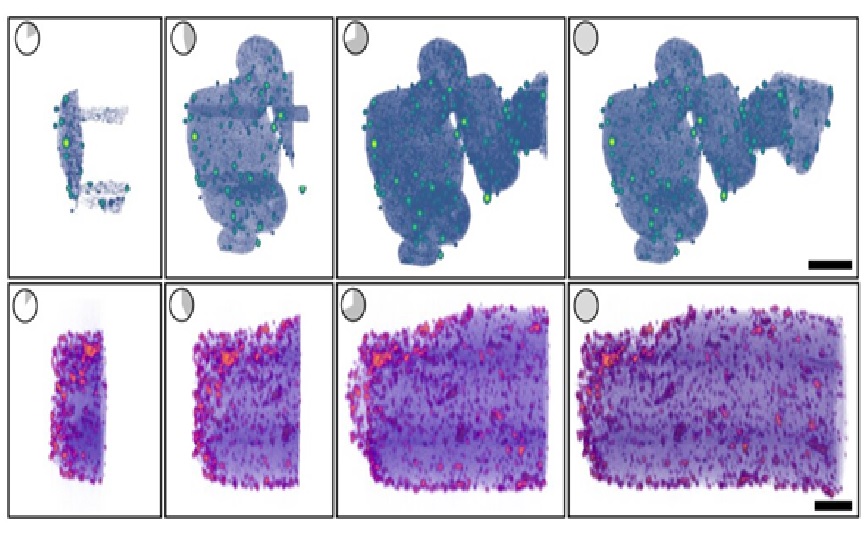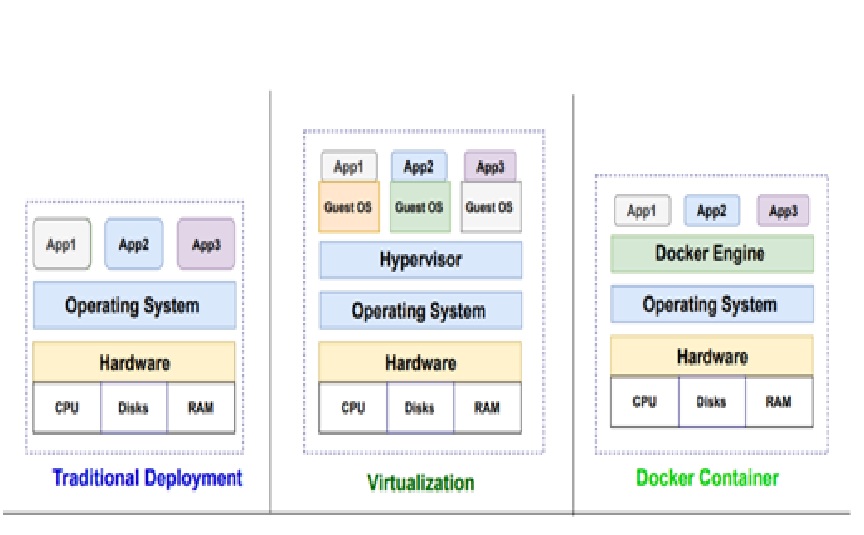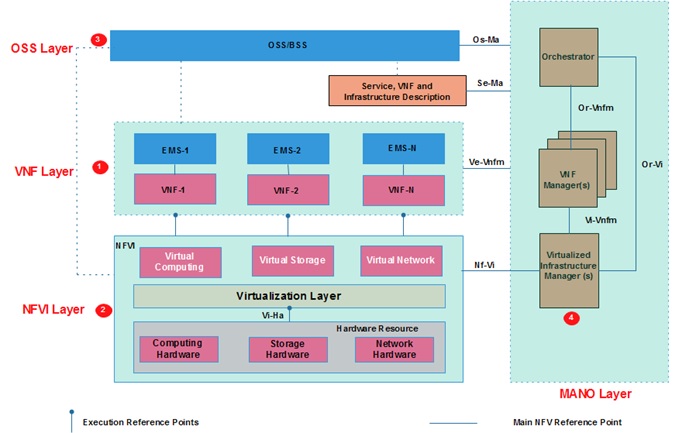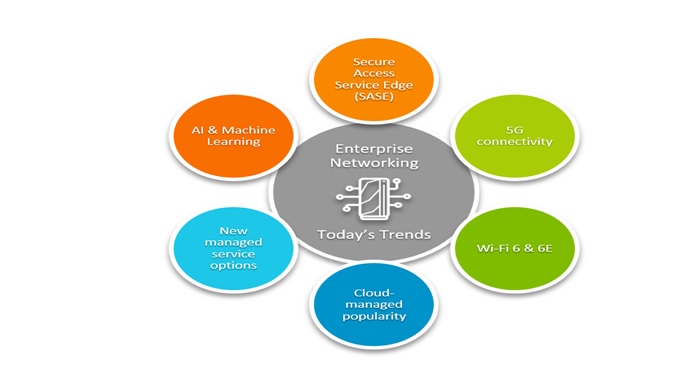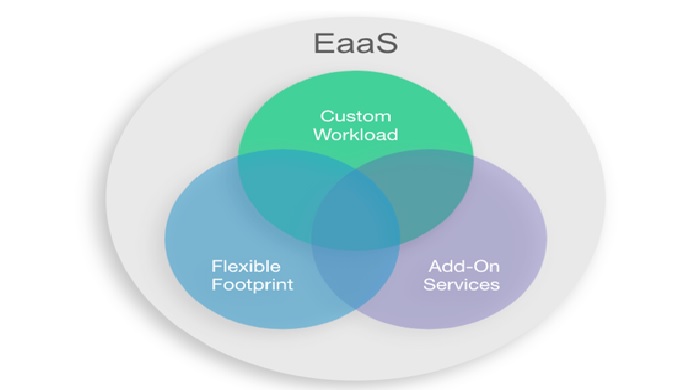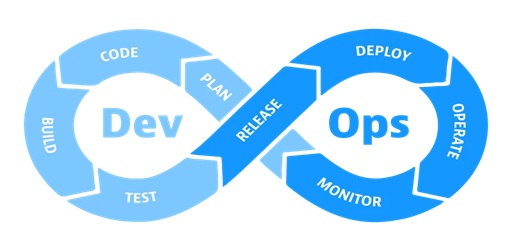Code-free conservation
Due to high-tech, low-cost monitoring gadgets, the research of wildlife motion is having its Massive Knowledge second. However to this point, solely individuals with knowledge science expertise have been in a position to glean significant insights from this ‘golden age’ of monitoring. A brand new system from the Max Planck Institute of Animal Habits (MPI-AB) and the College of Konstanz is altering that. MoveApps is a platform that lets scientists and wildlife managers discover animal motion knowledge—with little greater than a tool and a browser—to deal with real-world points.

Figure 1. Code-free conservation
Figure 1 shows the system is linked to the database Movebank, developed by MPI-AB and hosted on the Max Planck Computing and Information Facility (MPCDF), which shops monitoring information for over one thousand animal species worldwide. This monitoring information could be pulled into MoveApps the place homeowners of those information can then run advanced analyses to seek out that means within the numbers. A ranger may use the system to keep watch over tracked animals within the park, making a every day map displaying the place animals are situated. Or, a conservation company working with endangered species may obtain an alert when a sudden clustering of GPS factors means that an animal may need died.
Close to real-time evaluation for fast response
When the North Carolina Zoo started tagging and monitoring African vultures seven years in the past, zoo workers would spend hours every day analyzing the GPS information to determine in the event that they wanted to test on the birds. African vultures are the quickest declining group of birds globally and are significantly prone to poisoning by feeding on carcasses laced with pesticides. As a result of a poisoned carcass can kill over 100 vultures in a matter of hours, zoo workers must rapidly determine feeding occasions, indicated by a clustering of GPS factors from tagged birds.
A cloud-native computing architecture
According to the authors, MoveApps is the most inclusive, sustainable, and secure platform for analysis of animal movement, thanks in part to its serverless, cloud-native computing architecture. All data are stored and analyzed on cloud-based infrastructure, which means that powerful analyses can be done in seconds without users needing a fast computer.
But MoveApps was built for flexibility: as demand might increase in the future or the request for faster processing of workflows becomes critical, MoveApps can grow within MPCDF as well as potentially take advantage of public clouds offered by commercial partners.
References:
- https://techsardar.com/code-free-conservation-bioengineer-org/
- https://yarkstory.xyz/code-free-conservation/
- https://newssudden.com/code-free-conservation-mirage-information/
- https://www.sciencedaily.com/releases/2022/07/220718094455.htm
Cite this article:
Thanusri swetha J (2022), Code-free conservation, AnaTechMaz, pp. 77



